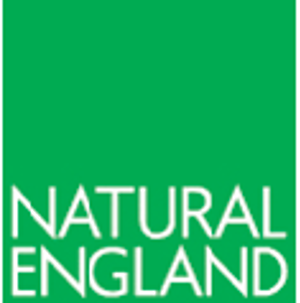Crayfish hatchery and nursery
We are committed to safeguarding the future of some of the UK's most critically endangered native species. This conservation initiative focuses on protecting the white-clawed crayfish (WCC), the country's only native freshwater crayfish.
This significant project aims to secure the survival of this vulnerable species, which plays a vital role in our freshwater ecosystems, while addressing the threats posed by habitat loss and invasive species.
With the support of our dedicated funders, we are working to ensure a future where the white-clawed crayfish can thrive once more.
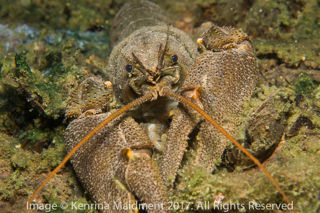
Why conserve crayfish?
Keystone Species
WCC are native to Europe and are the only native crayfish species found in the UK and Ireland. They play a crucial role in maintaining
biodiversity by occupying a specific niche in freshwater ecosystems. They are an important part of the food chain for otters, fish and birds, and their disappearance could disrupt the balance of aquatic ecosystems.
Indicator Species
WCC are considered an indicator species, meaning their presence or absence can indicate the overall health of a freshwater habitat.
Their sensitivity to environmental changes, pollution, and habitat degradation makes them valuable indicators for assessing the well-being of rivers and streams.
Legal Protection
WCC are a protected species in the UK due to their declining populations. In conservation terms, the white-clawed crayfish is on a
par with tigers and rhinos - a globally Endangered species battling for survival.
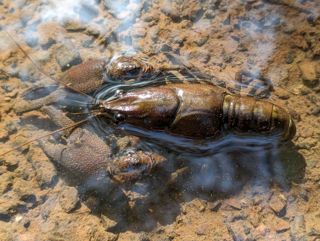
Threats
WCC is the UK’s only indigenous freshwater crayfish and has seen a decline of over 70% in the South West in the last 50 years.
The sharp decline in the species has been driven by habitat degradation, pollution, deteriorating river water quality, but primarily the introduction of the invasive, non-native American signal crayfish and its associated pathogens.
Signal crayfish not only carry a deadly crayfish virus which kills WCC, but they also prey and outcompete WCC for food.
WCC are a smaller, less aggressive species which produce fewer young.
Signal crayfish produce greater numbers of young and mature faster.
Unlike our native crayfish species, signal crayfish burrow extensively into riverbanks and predate coarse fish and eggs. This means that there is also a risk of soil erosion, flooding and deterioration of ecosystem health if they are present.
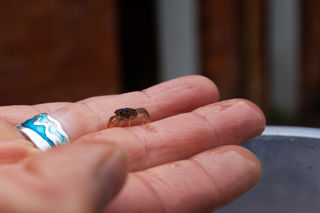
What's the conservation project?
At present there is no way of eradicating the invasive American signal crayfish or effectively reducing their numbers in our rivers, without causing unacceptable environmental damage to other aquatic species.
Conservation methods are focused on ensuring white-clawed crayfish populations do not become extinct by establishing a Devon crayfish hatchery and subsequent breeding populations in ‘ark sites’ ahead of potential future river re-introductions.
To guide our conservation efforts, it's crucial to determine exactly where WCC populations are located. At Wildwood Devon, the team has deployed artificial refuge traps across various river locations to monitor these populations. The traps mimic the natural refuges crayfish seek, such as stones and crevices, offering them safe and attractive shelter.
After being left in place for about three weeks, the traps are carefully recovered, and the contents are recorded. Each crayfish is measured, with data collected on its sex, signs of disease or damage, and stage of moult - the process of shedding its outer shell.
This information helps develop strategies and enhance WCC populations by improving our understanding of the threats they face, prioritising conservation actions, and implementing measures to address these challenges.
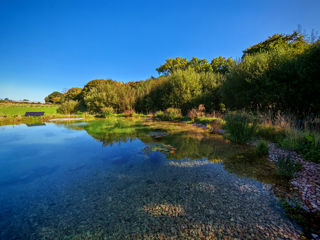
Why do we need Ark sites?
A key milestone in this project is the creation of an Ark site for the WCC at Wildwood Devon. An Ark site is a self-contained water body that provides suitable habitat for crayfish but is free from existing populations, offering isolation from threats such as invasive American signal crayfish.
With permission and licensing from Natural England, crayfish will carefully be trapped, recorded, and relocated from a river population into the Ark site. The aim is to replicate the natural population's mix of age and gender.
More Ark sites are planned in the future.
Find out more about the project by clicking on the links below.
Contact details
charlotte.mead@wildwoodtrust.org
The Saving Devon’s Native Crayfish project is managed by Wildwood Trust (Devon) and is funded by National Lottery Heritage Fund and South West Water. The project is also supported by Natural England’s Species Recovery Programme, and by a Devon Environment Foundation grant.




